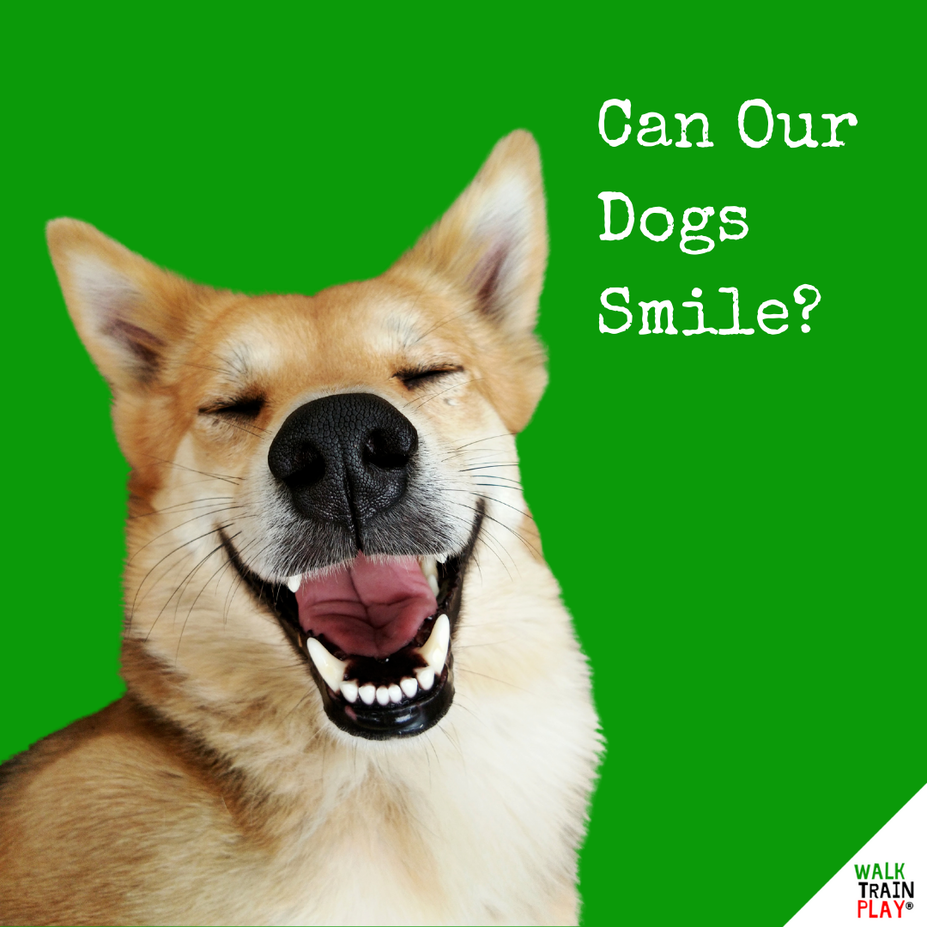|
4/22/2022 0 Comments Can Our Dogs Smile?Can our dogs smile? If so, why do they smile? We have all seen an endearing look on our dogs – a relaxed face, soft eyes and a big cheesy grin. That’s a smile isn’t it? But is it? Do our dogs actually smile like we do? Most canine professionals don’t consider a canine smile to be a true smile in the same way as humans smile. We often interpret a wide-mouth that is panting, a relaxed tongue hanging out and a submissive grin as a smile. However, some people, especially children, can view an aggressive teeth display as a smile too. That’s a bit worrying isn’t it? It is vitally important to teach our kids to read our dogs’ body language to prevent our dogs doing something they can’t take back. The good news is that most canine smiles are from a happy dog, but it is so important to learn what expressions are from a happy dog and those that aren’t. Experts suggest that dogs are genius at reading human body language. They have learnt as they evolved, how to make humans happy. Humans will smile back at their dog, talk cute talk and provide things for their dog that they like, treats, affection and cosy time with them. These rewards ensure that our dogs keep offering their smiles. A dog may be triggered to smile at us when we smile at them. They like our happy reactions and will learn to trigger our happy emotions. There is a phenomenon called emotional contagion. We have all experienced this. Someone smiles at us, we smile back at them before we even have time to think about it. This causes oxytocin (the cuddle hormone) to be released. This happens whether it is a human smiling or our dogs. Smiling feels good. Every dog is a unique individual and will behave differently to others. What may cause one dog to smile may not cause another. We must remember they are all different and learn to appreciate their own characteristics and personalities. A dog’s smile may be part of their genetics, a behaviour that comes from neoteny. Neoteny is a process that causes an animal to retain certain characteristics from puppyhood into their adult life. Such behaviours include jumping up to greet humans, wagging their tail, face licking and smiling. Humans smile at each other to show they are friendly. Do dogs smile at each other to express friendliness? Domesticated dogs do smile at each other, but they also use their whole body to indicate their friendliness.
So our dogs do smile, but not the way we do. Their smiles are influenced by our own body language. We need to learn canine body language and allow them to have freedom to express their feelings.
#smiles #learntotalkdog #awareness
0 Comments
Leave a Reply. |
Search by typing & pressing enter

